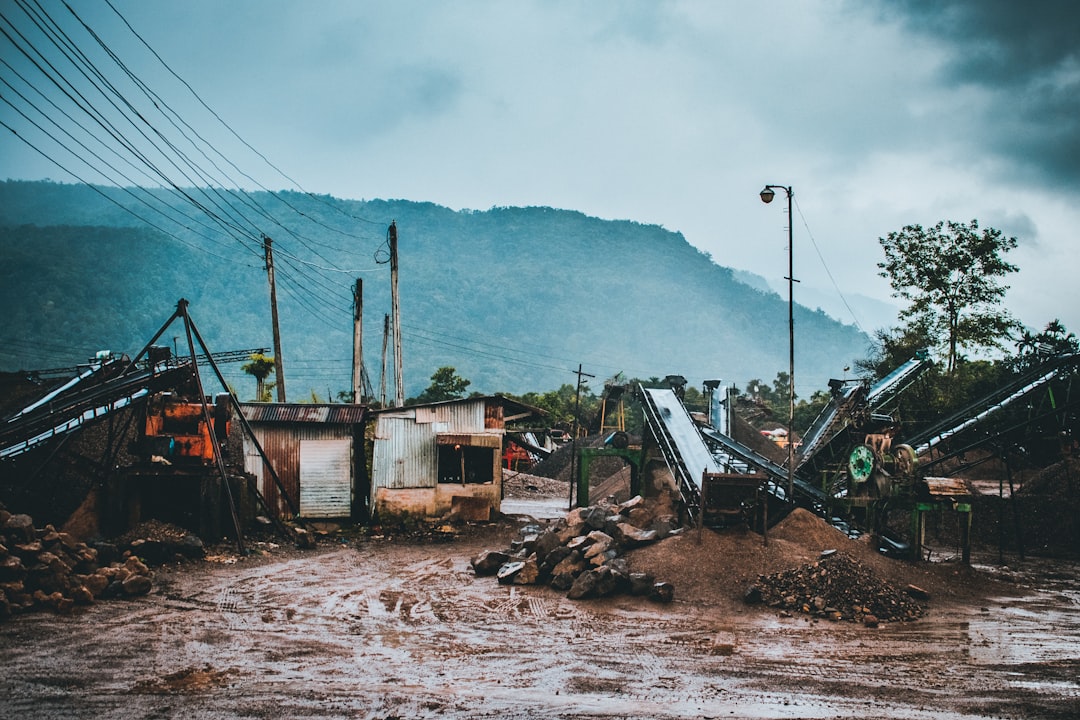What is it about?
Under the high-pressure force exerted by an impinging shock wave, aero-structural panels no longer remain planar but, instead, begin to buckle. The resulting surface deformations can cause significant changes to the supersonic turbulent flow and, most importantly, the shock wave turbulent boundary layer interaction (SBLI) dynamics. The latter is primarily responsible for altering the panel's modal deformation responses. This study aims to elucidate the changes to an aero-structural panel's pressure loading under various surface deformation modes typically encountered in experimental tests.
Featured Image

Photo by Zane Muir on Unsplash
Why is it important?
The primary objective of the present study is to ascertain the response of the turbulent flow pressure fluctuations on the various statically deformed (buckled) thin rectangular panel surface modes, typically encountered in fluid–structure interaction (FSI) experiments. The results show that the high-pressure region about the shock impingement is significantly altered and can become narrower or wider depending on the local surface inclination of the deformed panel mode. The power spectrum analysis of the pressure fluctuations along the panel's midspan, where the deformation amplitude is largest, exhibits a rich and varied response. The pressure power spectrum is amplified in all of the surface deformation modes examined, with the magnitude of the amplification varying in the frequency domain, while also depending on the location and mode.
Read the Original
This page is a summary of: Aeroacoustic Loading of Impinging Supersonic Boundary-Layer Interaction on Statically Deformed Surfaces, AIAA Journal, March 2024, American Institute of Aeronautics and Astronautics (AIAA),
DOI: 10.2514/1.j063702.
You can read the full text:
Contributors
The following have contributed to this page










